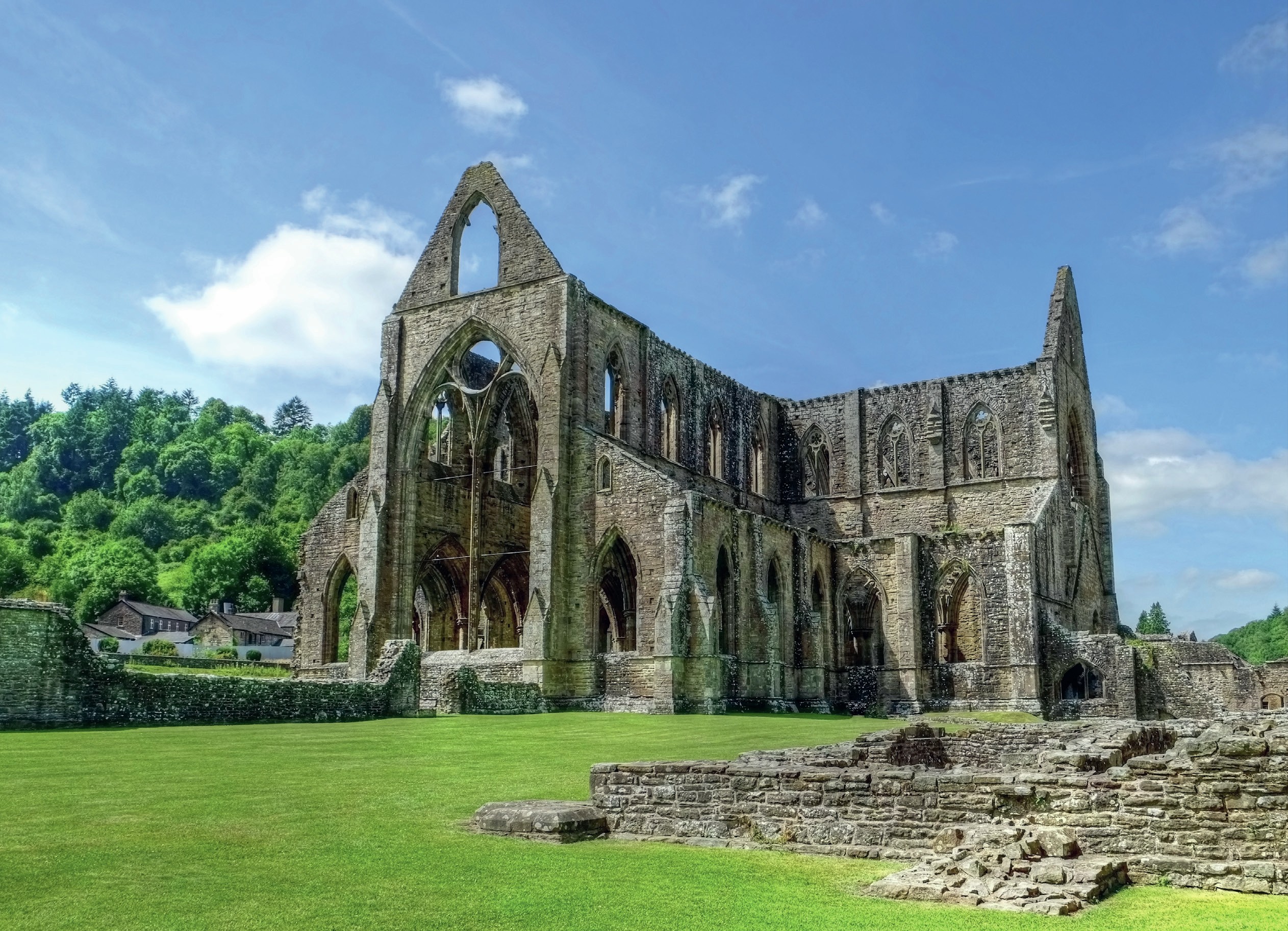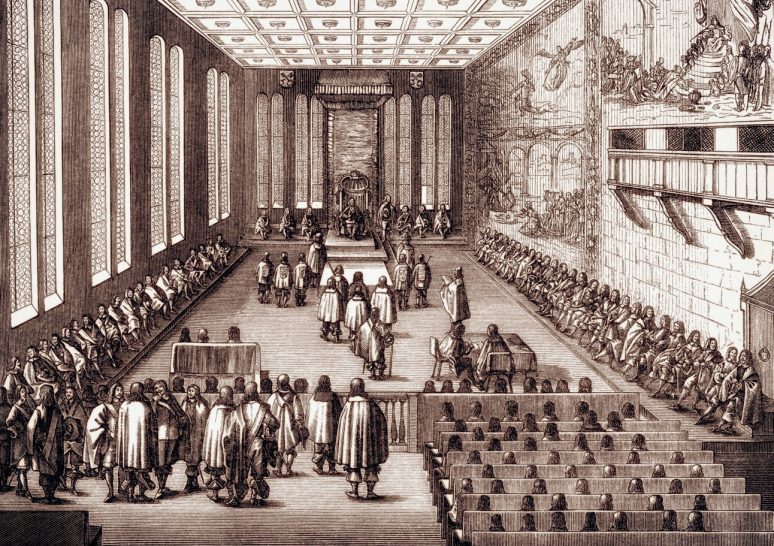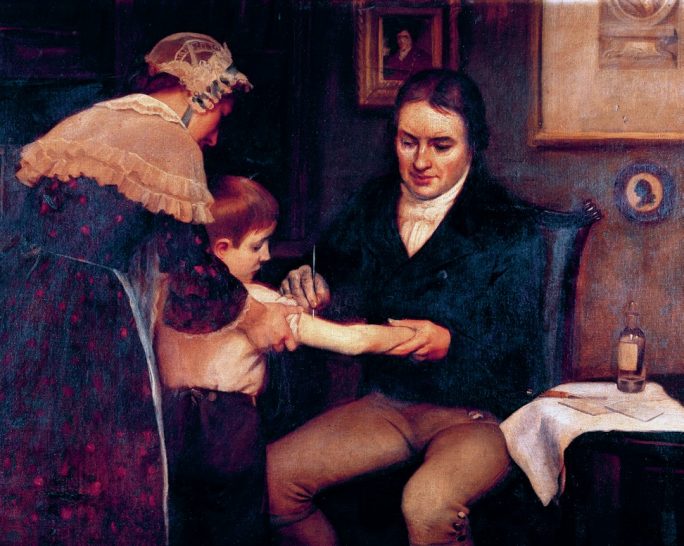
In an era of ruthless monarchs, Henry VIII’s reign remains notorious half a millennium later. It is one of the most studied periods in British schools, yet there is still disagreement among academics and authors of historical fiction over what drove Henry VIII’s actions. In Hilary Mantel’s Wolf Hall, Henry VIII is a power-hungry king who wants the Church’s wealth and power. Philippa Gregory’s The Other Boleyn Girl presents his obsession with Anne Boleyn at the heart of the break with Rome. What exactly was behind Henry VIII’s Reformation?
A monastery is an umbrella term used to describe a range of different types of religious house. These include large communities known as abbeys, smaller ones called priories, and friaries. Abbeys were the largest and most influential, while priories were smaller and sometimes under the rule of a larger abbey. Friaries emphasised engagement with the outside world rather than a life of isolation.
Your organisation does not have access to this article.
Sign up today to give your students the edge they need to achieve their best grades with subject expertise
Subscribe



